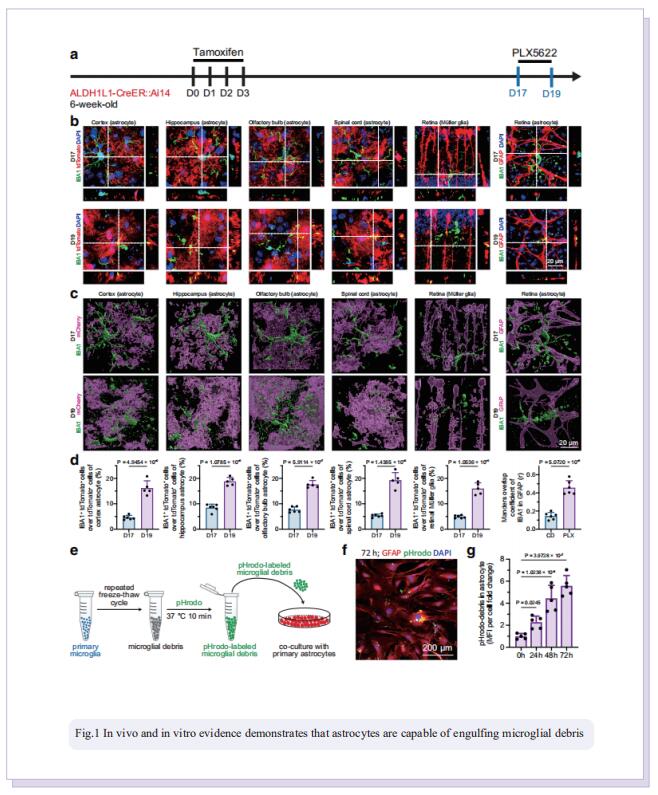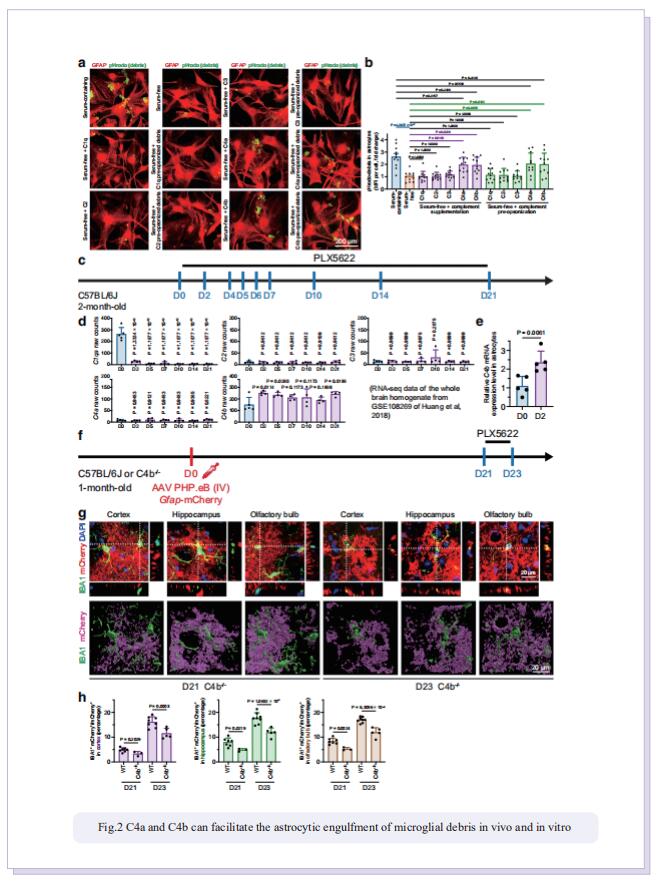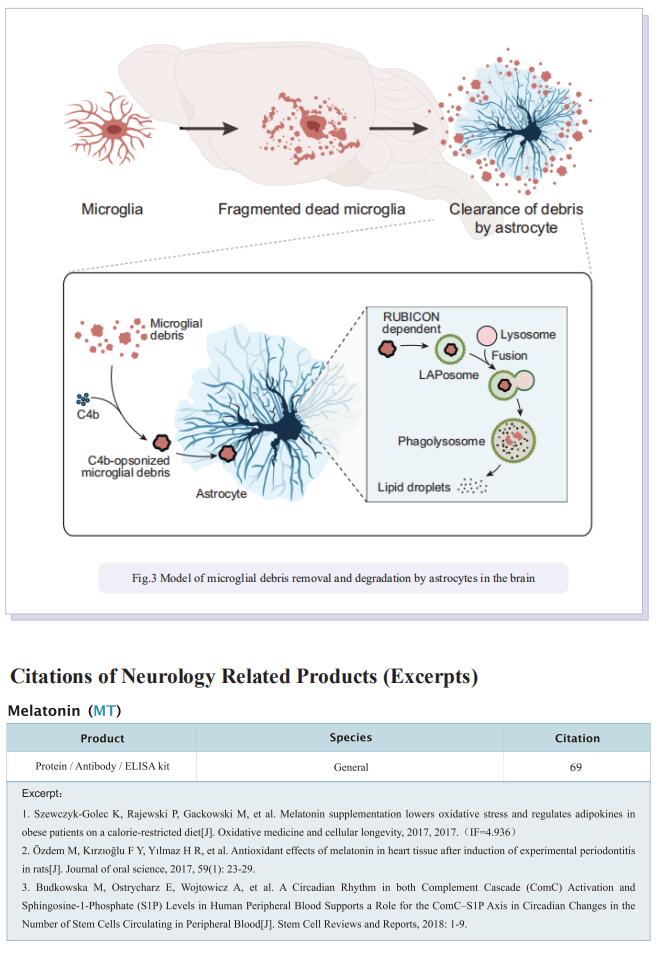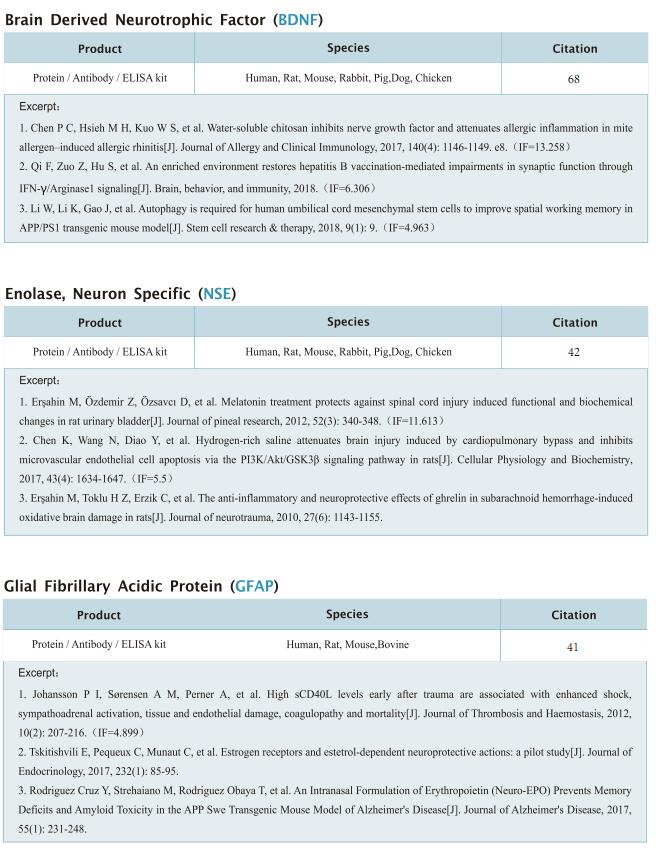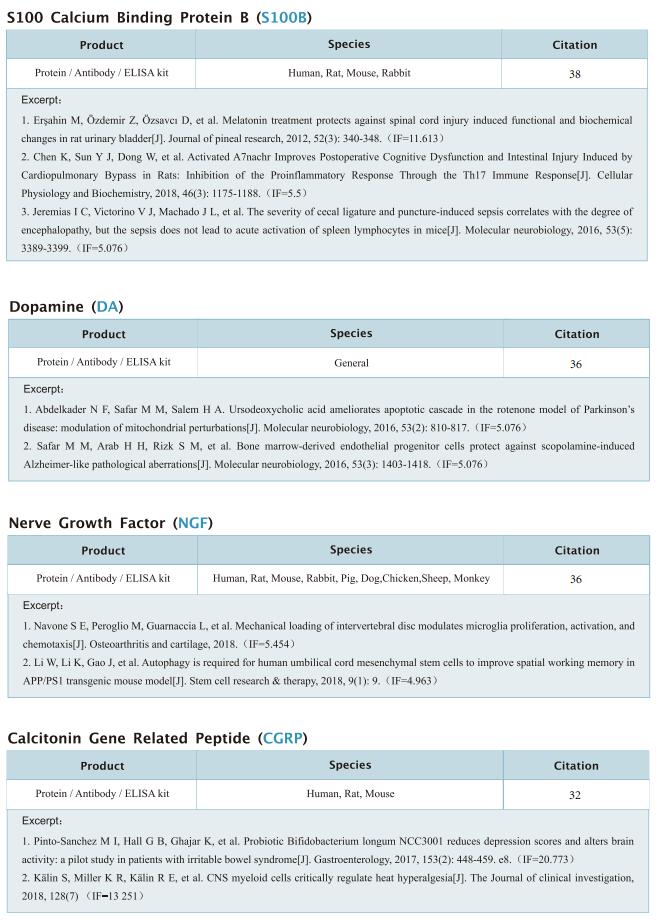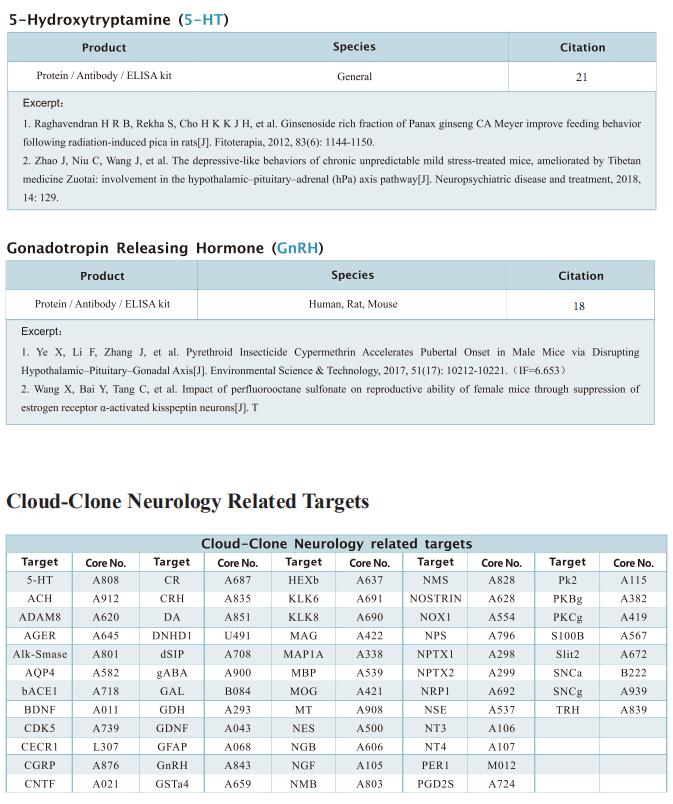Microglial debris is cleared via RUBICON-dependent noncanonical autophagy in mice
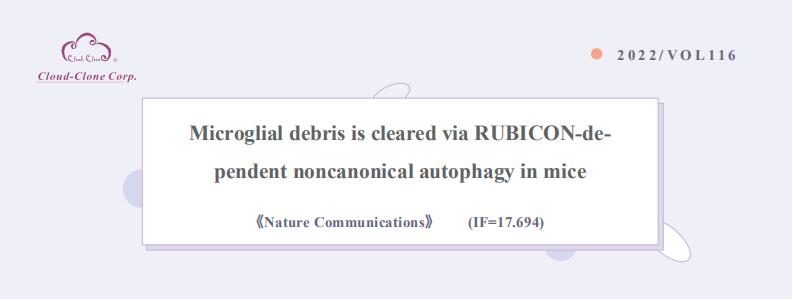
On October 24, 2022, Bo Peng, Department of Neurosurgery, Huashan Hospital, Fudan University, China, and his team published a paper titled “Microglial debris is cleared by astrocytes via C4b-facilitated phagocytosis and degraded via RUBICON-dependent noncanonical autophagy in mice” in Nature Communications. They elucidated the cellular and molecular mechanisms of microglial debris removal in mice, extending the knowledge on the maintenance of CNS homeostasis.
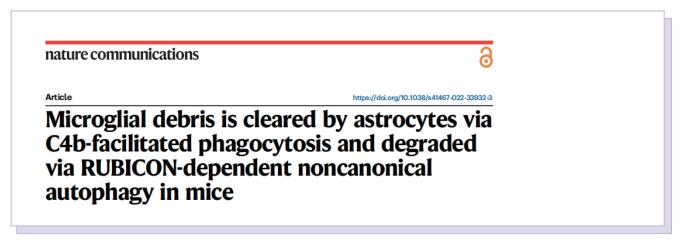
The proteins [Recombinant Complement C4-B (C4B), RPB305Mu01; Recombinant Complement Component 4a (C4a), RPA389Mu01; Recombinant Complement Component 1, Q Subcomponent A (C1qA), RPD207Mu01; Recombinant Complement Component 3 (C3), RPA861Mu01] of Cloud-Clone brand was chosed in this article, we are so proud for supporting the reaserchers.

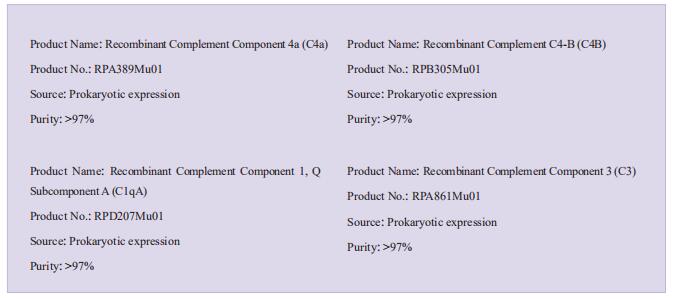
Microglia are important immune cells in the central nervous system (CNS) that undergo turnover throughout the lifespan. If microglial debris is not removed in a timely manner, accumulated debris may influence CNS function. Clearance of microglial debris is crucial for CNS homeostasis. However, underlying mechanisms remain obscure. We here investigate how dead microglia are removed. We find that although microglia can phagocytose microglial debris in vitro, the territory-dependent competition hinders the microglia-to-microglial debris engulfment in vivo. In contrast, microglial debris is mainly phagocytosed by astrocytes in the brain, facilitated by C4b opsonization. The engulfed microglial fragments are then degraded in astrocytes via RUBICON-dependent LC3-associated phagocytosis (LAP), a form of noncanonical autophagy. Interference with C4b-mediated engulfment and subsequent LAP disrupt the removal and degradation of microglial debris, respectively. Together, we elucidate the cellular and molecular mechanisms of microglial debris removal in mice, extending the knowledge on the maintenance of CNS homeostasis.
